Most people will never go to Iraq. The media drilled it into our heads: this is enemy territory. Step foot on this ancient land and something bad will happen. Instead, we’re told to visit Paris. Grab fish and chips in London.
Stay safe. Stay typical.
Chances are, if you walk past someone sitting in a cafe or even at their desk and glance down at their phone, you’ll catch them watching a creator traipsing through the cherry blossoms in Japan or seated at a noodle shack in Vietnam. And usually, the person watching is rotting away in their cubicle, wishing they were anywhere but enduring “office culture” with its celebratory pizza and banal chatter.
According to recent data, 78% of Americans admit that social media influencers prompted them to explore new destinations, restaurants, or attractions. We’re all dreaming of being everywhere, across generations:
- 86% of Gen Z say social content has directly influenced their travel choices.
- 71% of Millennials prioritize experiences over possessions, which explains why someone backpacking through Indonesia might feel more aspirational than someone buying a Rolex.
But rarely are those dreams of being in a former war zone.
Meet the Man Who’s Been Everywhere (Really, Everywhere)

Mix wanderlust with a hint of financial voyeurism, and you get the folks throwing their belongings in a pack and going for it. One of those people is Tom Grond, aka Traveltomtom.
Traveltomtom has been everywhere. And I’m not kidding.
When we sat down to chat about his life as a creator, the dude called me from a hotel in Iraq as casually as someone chilling poolside at the St. Louis Ramada. The Dutch travel vlogger has captured over 1 million YouTube subscribers with his high-energy, budget-conscious adventures.
Tom’s content is known for cinematic storytelling and extreme challenges, like hitchhiking across countries or visiting every nation. He blends sweeping drone shots with unfiltered, on-the-ground experiences.
And he’s got his videos down to a science; Tom turns raw travel moments into curated stories without falling into influencer cliché. While many YouTubers rely on clickbait thumbnails to sell lukewarm content, Tom leans on sharp editing, SEO-smart titles, and a mix of trending and evergreen destinations that deliver.
Well Traveled

Saint Augustine once said, “The world is a book, and those who do not travel read only one page.” Or, if you prefer your wisdom with a side of snark, Dick Clark put it this way: “Jet lag is for amateurs.”
Speaking to Tom from Iraq, I was taken aback by his optimism about traveling through one of the world’s most contentious regions as if it were no big deal. He admitted that parts of well-traveled Europe were far sketchier than his current locale.
“I think travelers should come here. This place has 4,000 years of history. The people, they’re wonderful.” And if you watch his videos in Baghdad, you see a side of the city beyond the rubble, beyond the fall of Saddam Hussein.
You see people. You see life. You see markets and food serving as a heartbeat.
Outside of YouTube, Traveltomtom is crushing it on Instagram and TikTok, turning his trips into scroll-stopping clips the algorithm can’t get enough of. He’s figured out how to balance staying real and playing the game, mixing honest takes with viral-ready hooks. His feed is a blueprint for other creators: how to make travel feel exciting and profitable, without selling your soul.
Tom has been on the road a long time: since 2006. That’s a lot of plane rides and meals, both good and bad. And probably a few stomach bugs, too. He was writing travelogues long before everyone with an iPhone decided to document the world. His blog became one of the biggest in the English market. Despite getting a degree in business economics, the idea of a desk life never stuck. For a while, he was a beach bum in the Caribbean. In 2012, he pivoted into a full-time traveler. He calls his blog his “silent engine,”.
With it, he’s visited 159 countries.
The Strategy Behind the Content
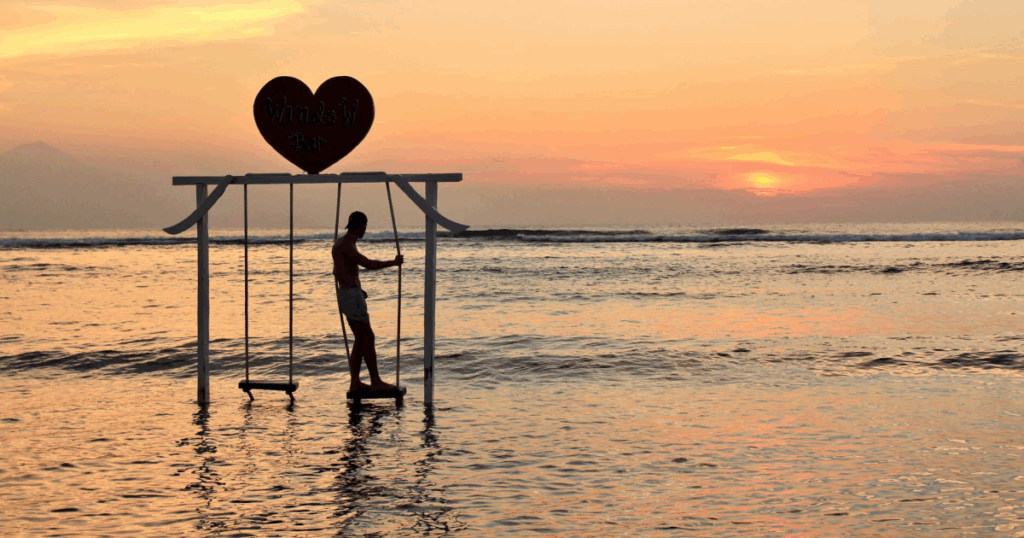
He’s built a career blending content strategy, social media, and SEO to draw and keep traffic. While the blog thrived early on, his expansion into platforms like Facebook, Instagram, and TikTok blew his reach wide open.
At first, his travel cycle looked like this:
- Save money
- Hit the road
- Return home
- Find work
- Repeat
Eventually, that evolved. “I saved about €75,000, which was about $100,000 back then. I could survive for four years,” Tom explained. From 2014 to 2016, as social media exploded, he realized his growing following could get him places. Literally.
Though broke, he stayed in luxury resorts in the Maldives, Sri Lanka, and India — all expenses covered. It sounds incredible, but there was a catch: exposure didn’t pay the bills.
At a blogging conference in Turkey, Tom had his wake-up moment. Fellow bloggers with far smaller followings were pulling $10,000 a month because they monetized their websites. And they were coming to him for travel advice.
“I should be looking up to you,” he told them. “Yes, I went to the Maldives in five-star resorts and had amazing trips in Thailand. But I was not making money.”
The Numbers Don’t Lie
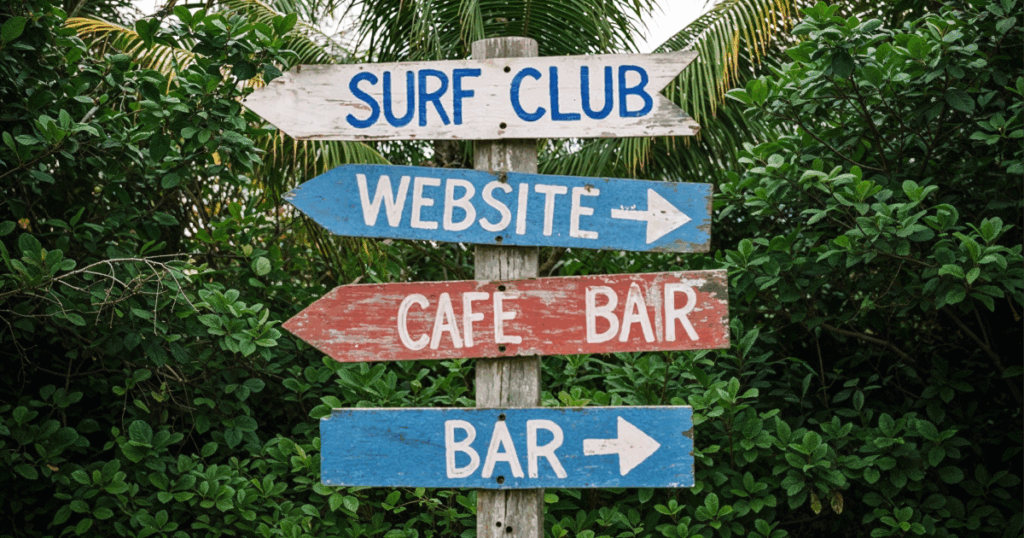
Around 70% of travel brands now use influencer marketing. On average, brands make $5.78 for every $1 spent on creators. As of 2023, 75% of travelers turn to social media for inspiration, explaining why Tom’s multi-platform approach hits so hard.
That was when he shifted from “guy who travels” to “guy who made travel a business.”
“I already had the website, but I wanted to make it profitable. The key question was: how do I attract people to my blog?” With his background in mathematics, it became a puzzle to solve. “Making money online is a numbers game. When you drive traffic to your site, it converts into revenue. Each 1,000 visitors was worth $30 at the time. With 5,000 a day, that’s $150. I became obsessed.”
Still, he never fully chased the money. “If I had prioritized monetization and blogging over enjoying life and creating social media content (which I like more than writing blogs), I could’ve earned more. But I’m satisfied with my approach.”
That mindset helped when COVID collapsed the travel industry. His income plummeted: down to $700 a month at one point. But he adapted, stuck to places like Thailand where money stretched further, and weathered the storm.
When travel reopened, so did opportunity. “It exploded in the best way — for bloggers, for content creators. There were so many opportunities.”
The Road Less Travelled
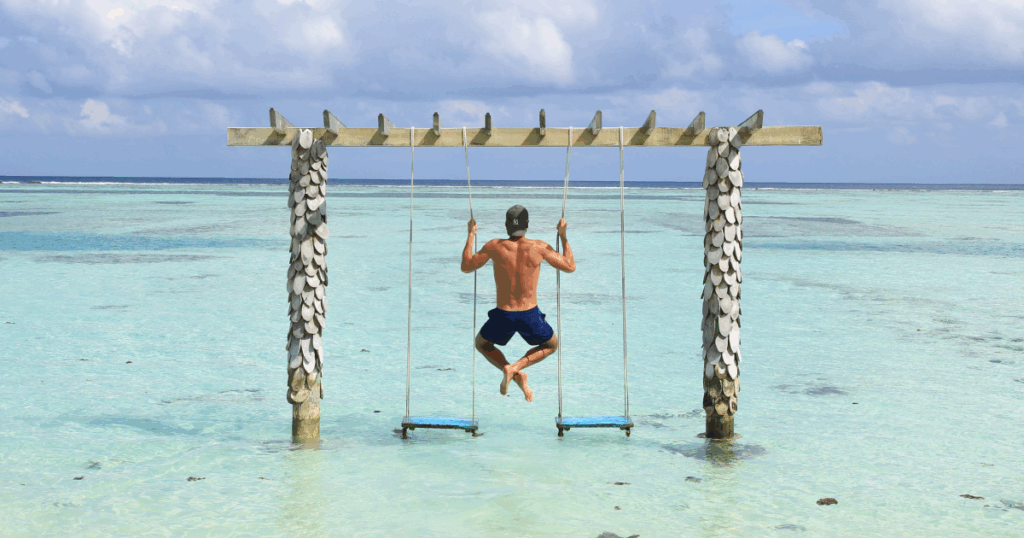
When asked about favorite and least favorite destinations, Tom never trashes a place, not out of politeness, but perspective. “There’s no country in the world I wouldn’t go back to. Even if I didn’t have the best experience, I’d still give it another shot. But West Africa — that’s not for beginners. It’s a rough go.”
His favorite spots? Hawaii, Argentina, and French Polynesia. But he’s not just a beach guy. “The girls always want bikini beaches,” he laughs, “but I love the mountains.” The Himalayas are what move him most. Sitting beneath 25,000-foot peaks, he says, you realize how small we are. “Humanity is basically nothing compared to nature.”
That search for perspective and places unshaped by tourism still drives him. Tom is content in Basra, Iraq, where summer temperatures can hit 120 degrees Fahrenheit and tourism is nonexistent. His days are quiet. Mornings are for strolling, sipping tea, and chatting with locals.
There are no English menus, and there are no selfie-stick crowds. It’s just him, the city, and the moment.
“I really love these places where no one is here as a tourist,” he says. “In Thailand, menus come in five languages. Here, people ask me what business I have. They’re shocked when I say I’m just visiting.”
That contrast defines him now. Recently, he went to India with his girlfriend, his first serious relationship. She wanted to see the Taj Mahal. He tagged along, but admitted, “I’ve done this before. That kind of sightseeing doesn’t excite me anymore.”
The Consequences of Content Creation
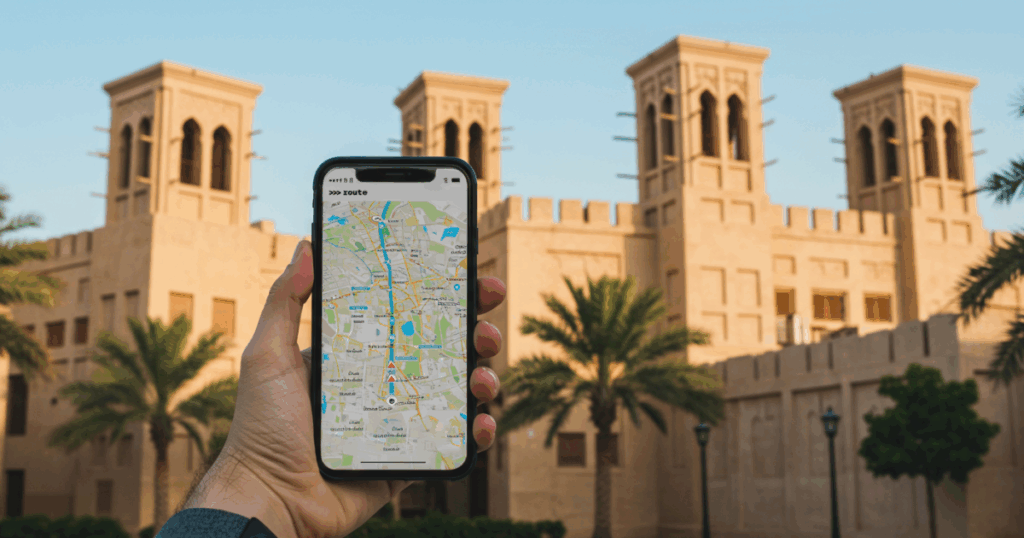
Last year in Dubai, his girlfriend discovered a stunning sulfur pond hidden behind a mosque. They followed a quiet path to it. It was beautiful. She posted a TikTok that hit a million views overnight.
Then Tom posted.
Within a week, the place was sealed off and taken off Google Maps; closed to the public. “We literally contributed to it going viral,” he admits. “And now it’s gone.”
That tension between sharing and preserving weighs on him. “After 12 years, there’s no mystery anymore. You’ve seen the world — now you want to feel it.”
Tom no longer sees himself as just a guy making travel videos. He’s a citizen of the world, one who understands the power and responsibility of pointing a camera at something unknown.
Beyond the Edge of the World
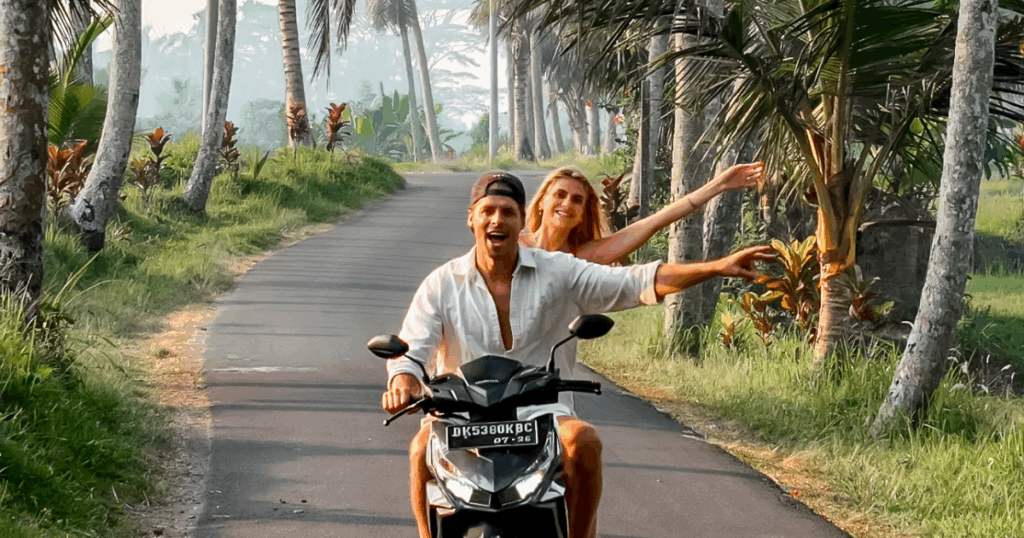
Where he’ll go next is anyone’s guess. Still, there’s wisdom he leaves behind: see the world with open eyes. Places like India, Colombia, and even Iraq demand that we drop our preconceptions at the door because real travel is an education.
And as Traveltomtom sees it, there’s purpose in getting lost, even if it’s just sipping tea in quiet reflection, somewhere they told you not to go.
Not for the likes.
Not for the story.
Just to be there.





